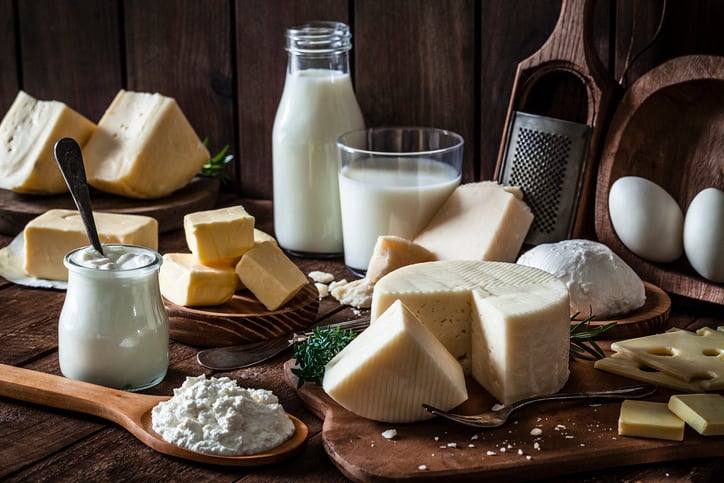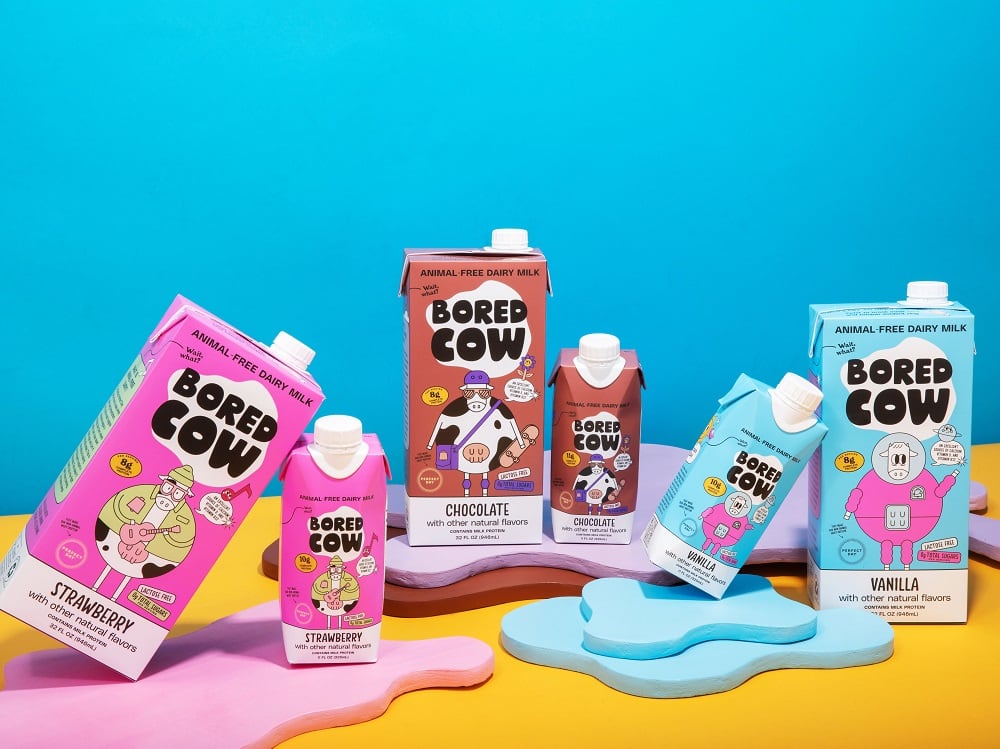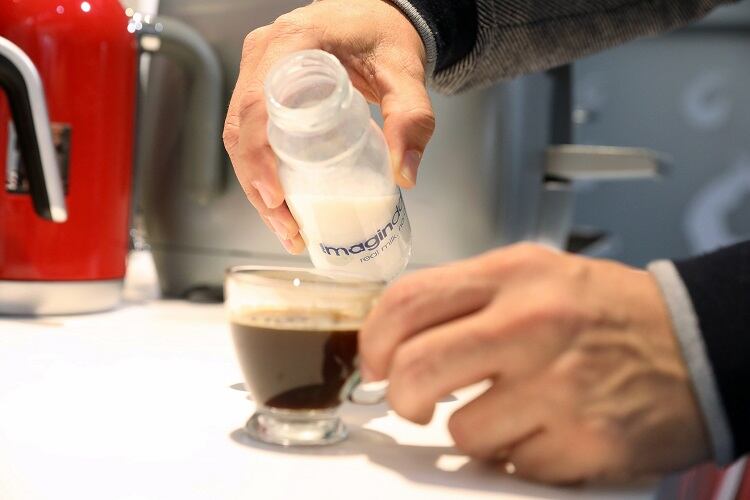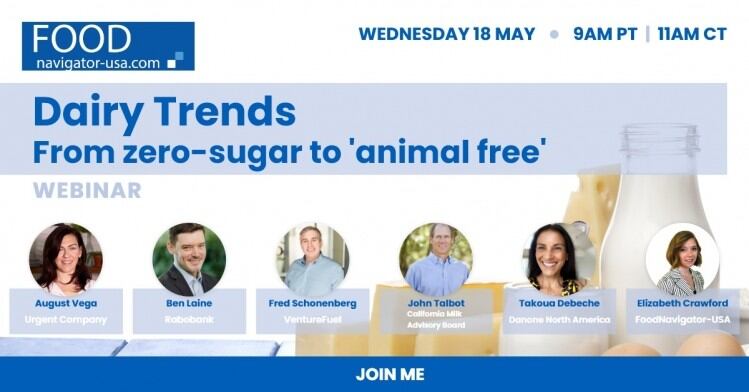“Households that have both dairy and plant-based products in their fridge are actually growing faster than either diary or plant-based households, and that growth is actually additive or incremental to the other households,” Takoua Debeche, chief research & innovation officer at Danone North America, told attendees this week at FoodNavigator-USA’s webinar Dairy Trends: From zero-sugar to ‘animal free,’ which is available on demand.
“The way we look at it, we really don’t see dairy and plant-based competing each other,” or as plant-based taking share from dairy, but rather as an opportunity to serve consumers where they are – whether that is by developing plant-based or dairy products, she explained.
And the opportunity for each is real, she added, noting “both dairy and plant-based are growing in different places.”
‘Big opportunities for plant-based’
For example, Debeche said, she sees “big opportunities for plant-based” dairy categories, which have been growing double digit over the past few years, in fluid milk, cheese, and thick Greek-style yogurt.
Pointing to household penetration, she noted, dairy milk currently is in about 90% of US homes, but plant-based milk is only in about 43% of homes.
“This means that we about a 50% gap to grow plant-based categories in that regard,” she said.
The same is true for plant-based cheese, she said, noting that cheese is the largest dairy category in the US worth around $20bn, but the plant-based cheese segment represents only 1%.
“So, we see a huge opportunity to continue to grow plant-based cheese as we improve taste and texture, which are obviously critical for consumers to adopt those plant-based diets,” she said, citing data that estimates half of consumers want to buy more plant-based options but taste and texture are holding them back.
Animal-free dairy offers uncompromised taste and texture
As plant-based dairy players continue to fine-tune the experience they offer beyond milk, there is an immediate opportunity for animal-free dairy to fill in the gaps in other categories without sacrificing flavor or experience, Paul Kollesoff, CEO and co-founder of The Urgent Company under animal-free dairy maker Perfect Day, said during the webinar.
“If you go into applications like yogurt, cream, cheese, ice cream and some of the other things, [plant-based household penetration] is down in the single-digits, but the trial rate is really, really high. What that is saying is people are entering the category and just getting disappointed by he experience they have,” he said.
“This is a huge opportunity we see for maintaining the positive of real dairy, just made differently and giving people the ability to try something that is made in a new way but still delivers on their expectation,” he explained.
At the same time, he said, he doesn’t see animal-free dairy production as a threat to conventional dairy.
“Where I’d love to be is in a world where small family farms can thrive and there is enough dairy to feed the growing world, and that is what set out to do. We see making dairy in different ways as the future, while encouraging the regenerative agriculture practices and small family farms to really continue to grow,” he said.
‘There’s still tremendous … potential in the general dairy categories’
Even as plant-based and animal-free grow, “there’s still tremendous volume and growth potential in the general dairy categories,” agreed John Talbot, CEO of the California Milk Advisory Board.
For example, he pointed to the potential for dairy cheese.
“Looking at the two-year COVID time period, and the increase that dairy aw over that time period, 45% of the growth came from cheese. That’s a tremendous growth potential for the industry now and into the future,” he said.
“And,” he added, “if you look at it globally, too, because the US consumes about 36-37 pounds of cheese per person per year on a per capita basis, while in China that’s less than one pound. So, there is tremendous growth potential, regardless of the alternative situation, for dairy as a while. We just need to keep focused on those growth opportunities and go after them.”
Where are the biggest areas for growth?
To find out where else there are growth opportunities for dairy – in all its forms, across categories and consumer demographics – watch on demand FoodNavigator-USA’s Dairy Trends: From zero-sugar to ‘animal free.’
The one-hour, free webinar also includes insights from Ben Laine, a dairy analyst with Rabobank, about how players can innovate to protect against macro-trends, including inflation, the geo-political turmoil and the continually evolving pandemic.
Fred Schonenberg, founder and CEO of VentureFuel, also share the important role and opportunities for startups and challenging brands in expanding the reach of dairy and tapping into unmet consumer needs.
Beyond innovation, the panel also takes a deep dive into trends impacting the dairy segment, including sustainability and the power of storytelling to push back against the threat of commoditization.
Check out the webinar HERE.




